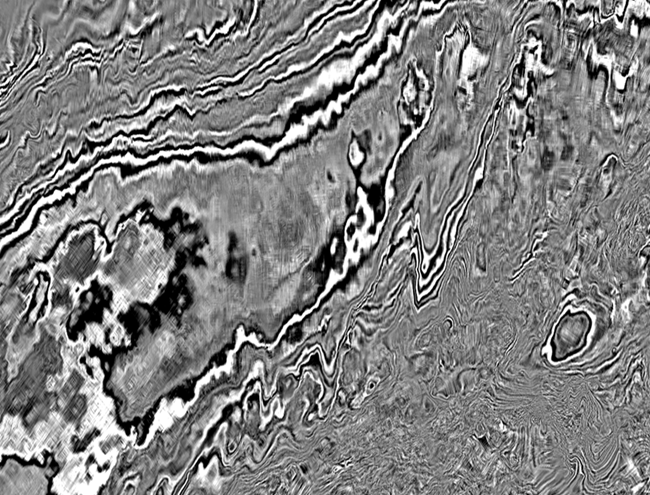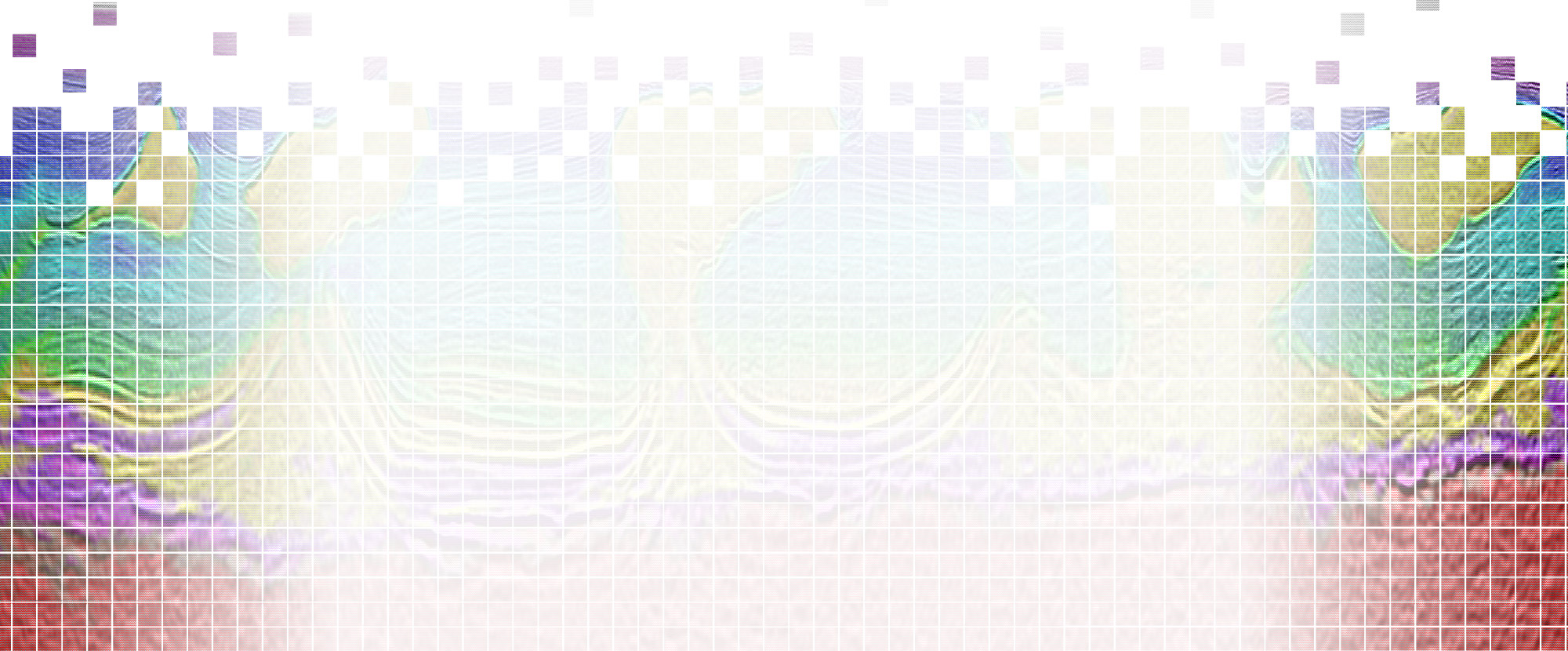

Dynamic Matching Full Wave Inversion
A step-change in velocity modelling and subsurface imaging results
An Enhanced Approach to Full Wave Inversion
Dynamic Matching Full Wave Inversion (DM FWI) is a technology that uses seismic reflection and refraction information to automatically update the velocity model. The Dynamic Matching feature is the TGS technique that overcomes many of the limitations of standard FWI like cycle skipping.
Dynamic Matching FWI allows for superior, geologically coherent velocity models, improved subsurface analysis and reduced uncertainty. It will enable reduced cycle times, cost reduction and significant de-risking in complex imaging areas..gif?width=1548&name=DM%20FWI%20Landing%20Page%20GIF%20(1).gif)
Greater Efficiency and Reliability
Dynamic Matching FWI achieves a step-change in velocity modelling where imaging in depth is clearer and more geologically consistent. This approach can be applied to a wide range of data sets and particularly excels in geologically complex areas like salt basins and in improving geological understanding in the deeper plays.
Our inversion-based algorithm significantly reduces human error and bias. Models are data-driven, enhancing existing interpretation. The method automatically updates current earth models enabling more accurate mapping beneath complex overburden (gas, salt, etc.).
DM FWI facilitates new survey designs while also applicable to existing survey designs such as the recent TGS Amendment ultra-long off-set FWI in the Gulf of Mexico. This allows E&P companies to build velocity models better than any other technique and potentially in a much shorter space of time, reducing overall cycle times and, in-turn, cutting costs.
But don't take our word for it. See the results for yourself...
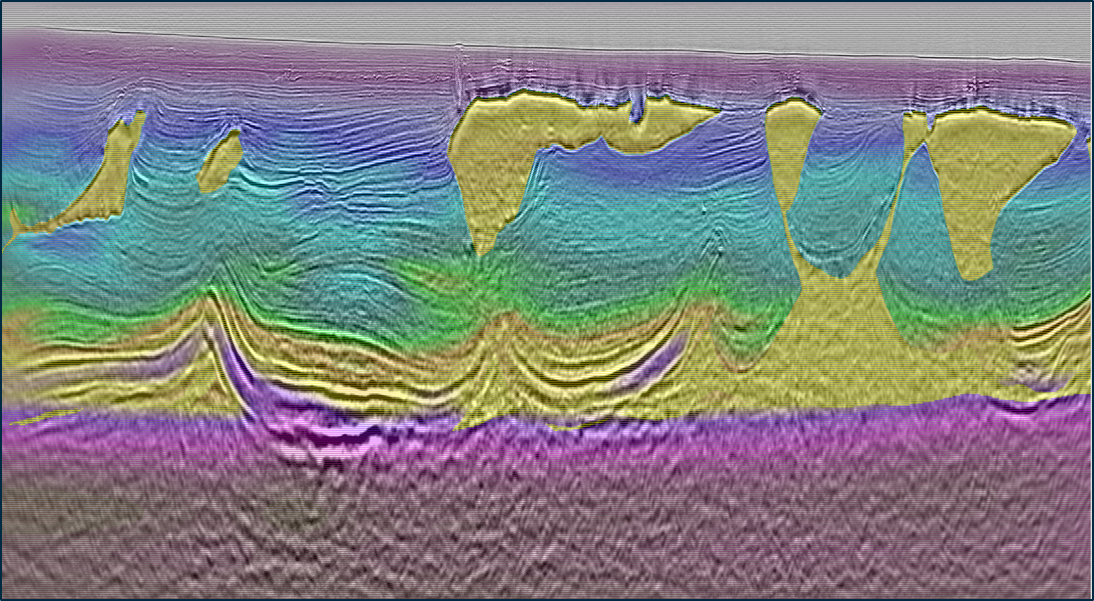

Seismic Example (with velocity overlay), showing seismic imaging using the legacy velocity model vs that created using the TGS Dynamic Matching FWI approach*
FWI can update not only for sediment velocity but also for salt geometry. It benefits from the longer offsets and better low frequency signal common in modern acquisition.
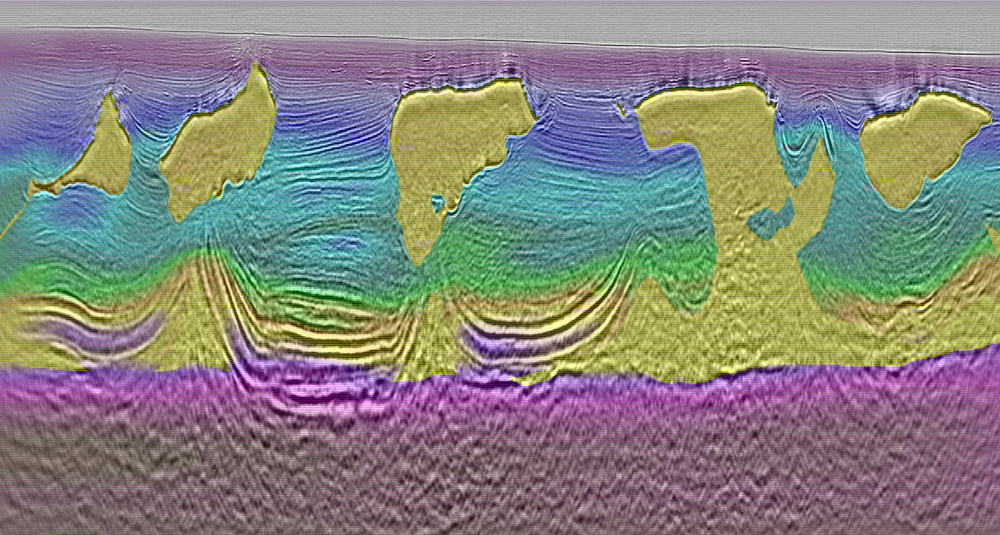

Seismic Example (with velocity overlay), showing processing with and without DM FWI*
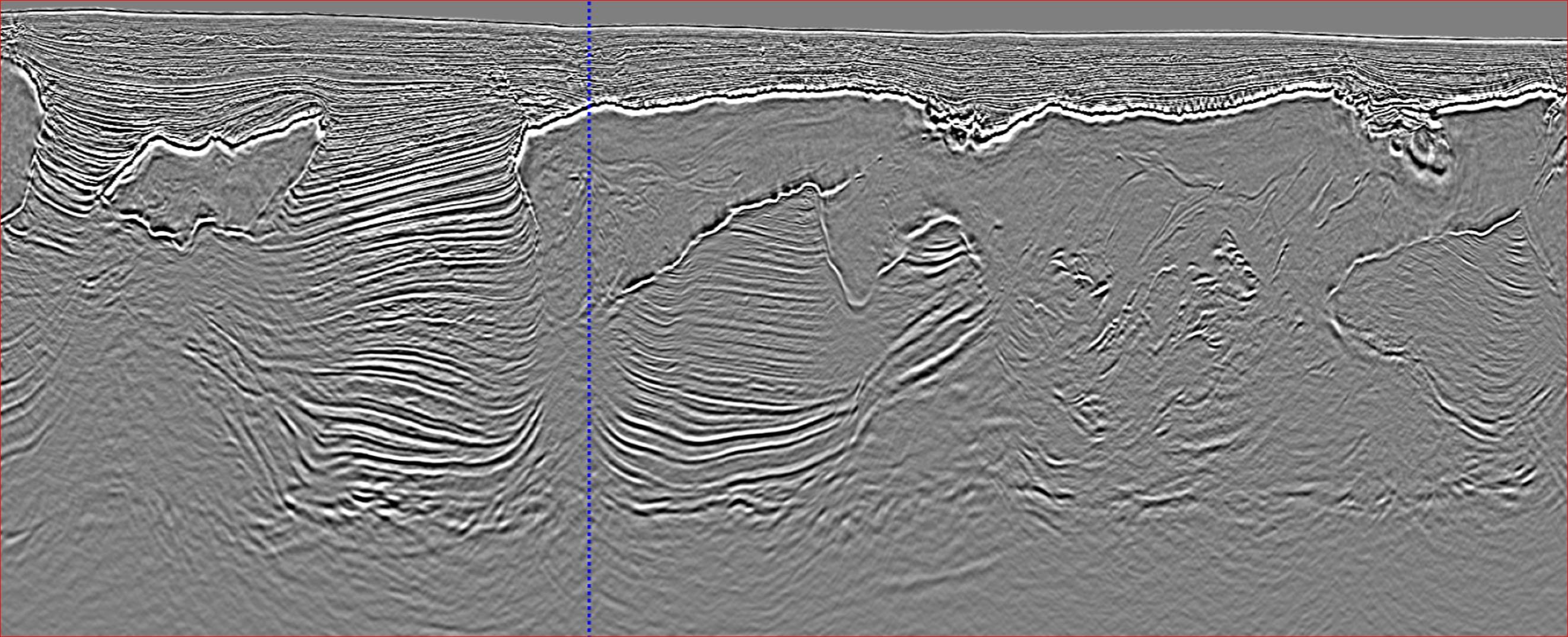
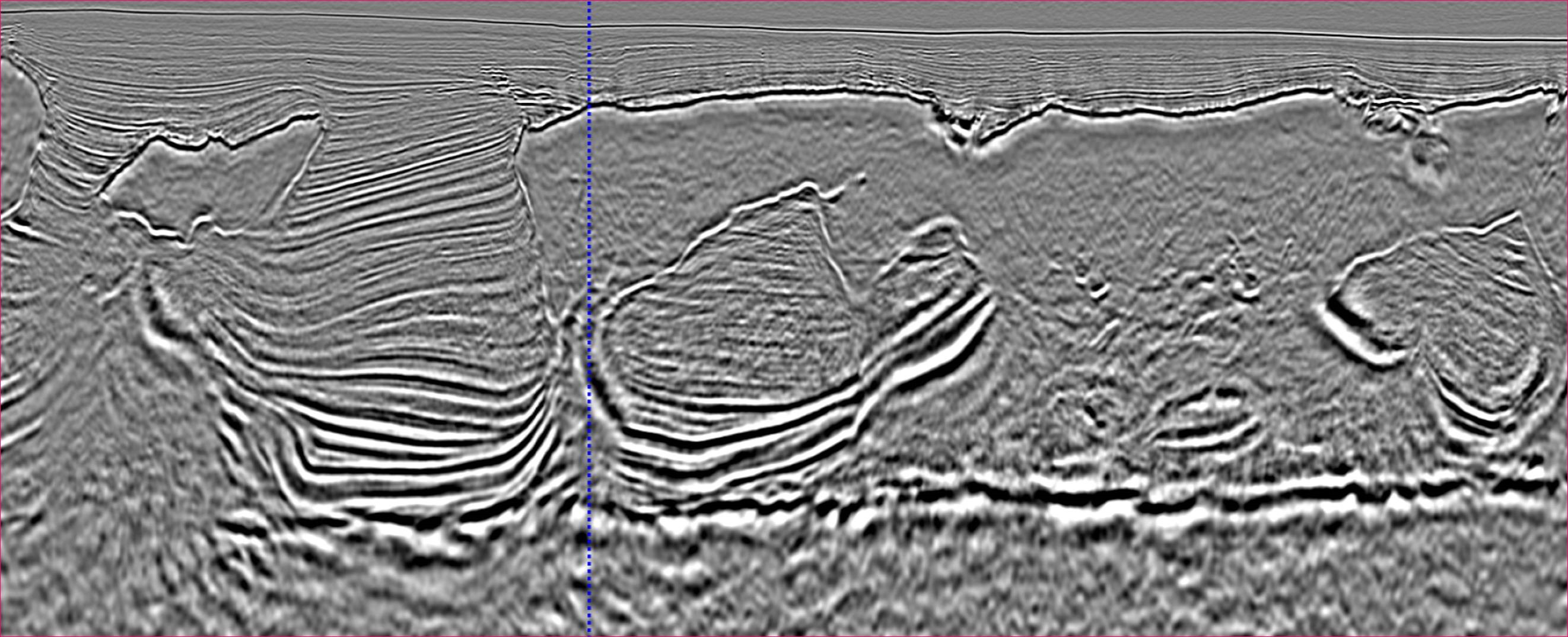
Seismic Example (with velocity overlay), showing processing with and without DM FWI*
DM FWI takes a superior technical approach
Senior Researcher Jian Mao presents the advanced Dynamic Matching Full Waveform Inversion (DM FWI) algorithm and its applications on field datasets
In the FWI workflow below you can see how TGS performs forward modelling to create the synthetic data. If the model generates data close enough to the real data, then it is approved. If not, the residual between the data and the synthetic is back projected to update the model. The whole flow is designed to automatically construct a model that can generate the best match of the real data. In this way FWI is a form of machine learning. It learns from the misfit to iteratively derive a better model. As the synthetic becomes closer and closer to the real data, we get closer to the true model. The webinar link above presents a more in-depth explanation.
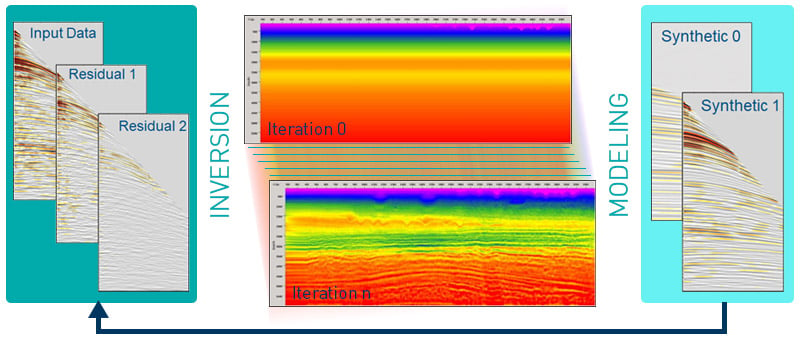
As you can see from the graphic below, the TGS approach, using local window normalization to minimize amplitude effect, has many advantages over other techniques. In the data domain we introduce a quality factor to weigh down low S/N contribution and in the image domain we have regularization to reduce artefacts in the FWI gradient. These constraints combine to improve robustness. In addition, the Dynamic Matching element minimizes amplitude impact and emphasizes kinematic differences.
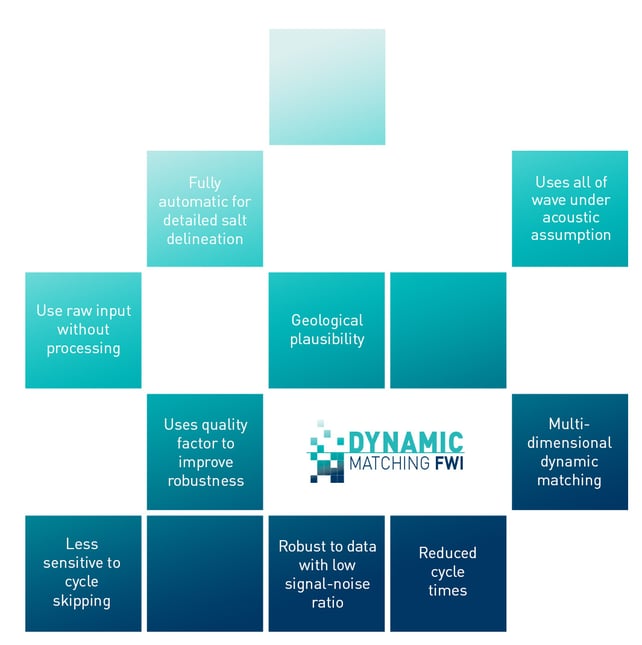
Recent Papers Published by TGS on FWI
-
Resolving Celtic Sea imaging anomalies through a multistage FWI and tomography workflow - SEG 2019 - September 2019
-
High-Resolution Multistage FWI and Image-Guided Tomography to Resolve Ultraslow Gas Anomalies - EAGE 2019 - June 2019
-
FWI Salt Model Update with Sparse Nodes: A Feasibility Test on OGO FAN Survey - EAGE 2019 - June 2019
-
Phase only reflection full-waveform inversion for high resolution model update - SEG 2019 - September 2019
-
FWI Salt Model Update Trials with Sparse Nodes - SEG 2019 - September 2019
-
Suprasalt model building using full-waveform inversion - The Leading Edge - March 2019
* All DM FWI data examples taken from the Amendment Phase 1 survey which was acquired in partnership with WesternGeco and processed by TGS.”
More about TGS Imaging
TGS' research and development professionals are continually developing new technology and workflows for seismic imaging, as well as enhancing existing ones.
Learn more at TGS.com
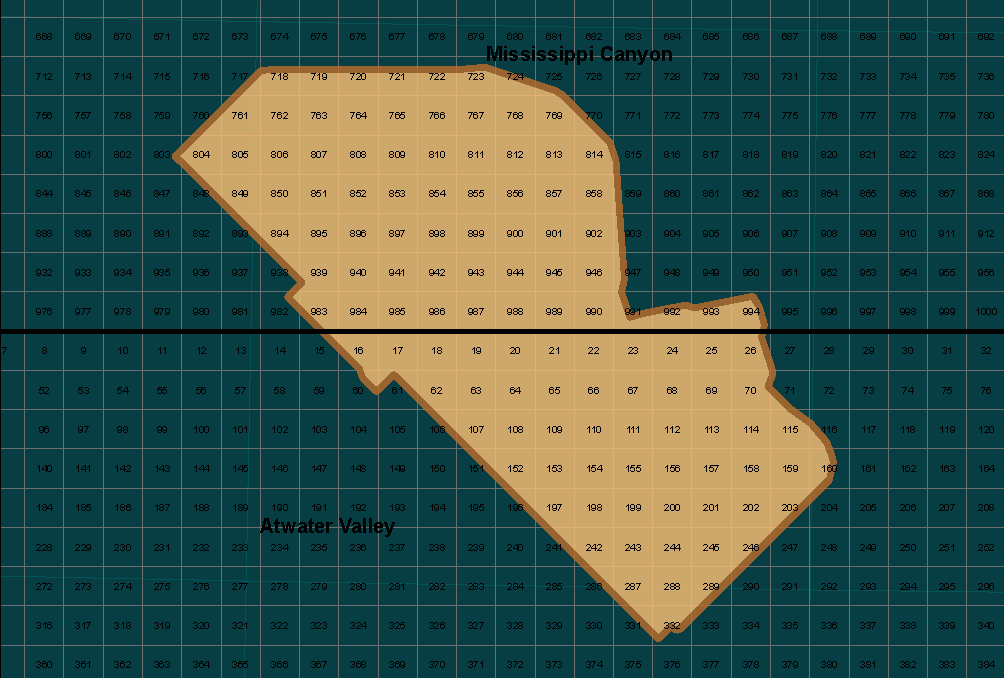
Amendment Phase 1
Amendment is the first project to utilize DM-FWI. The application to the Amendment sparse node dataset with ultralong offsets in the Gulf of Mexico demonstrates the capability to resolve large velocity errors and give significant uplift on the sub-salt image.
For more information on Dynamic Matching FWI
Please fill out the form below...
View our Privacy Policy

